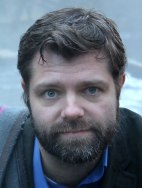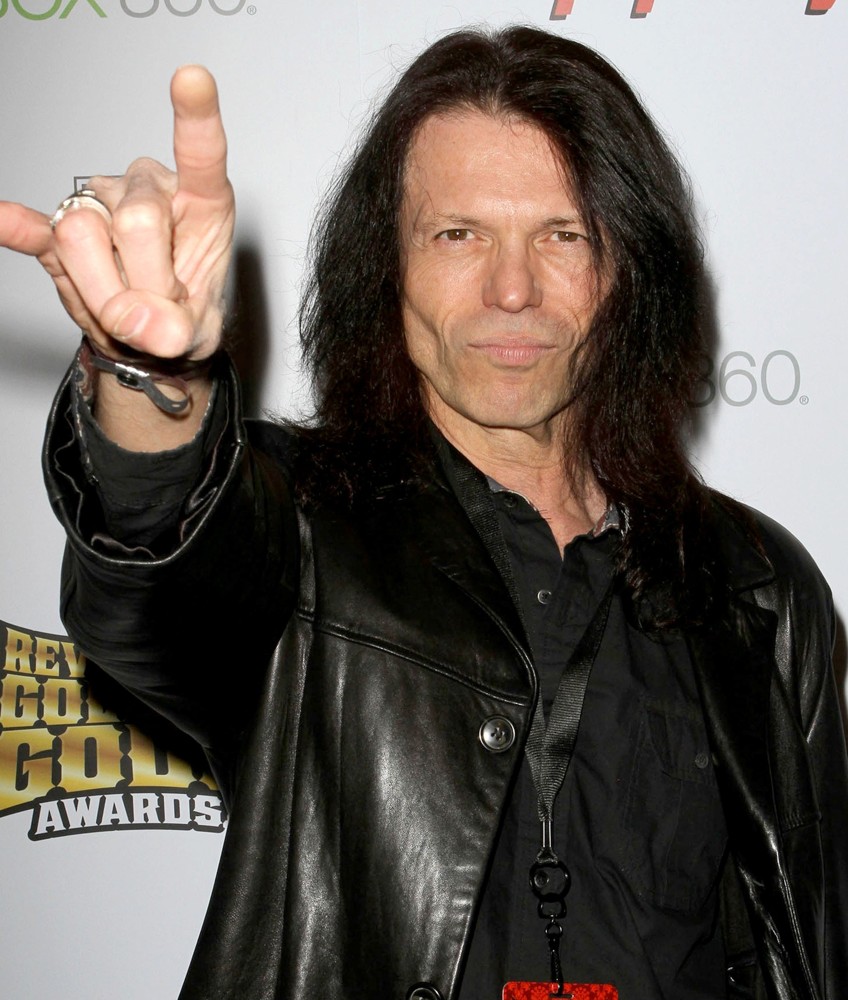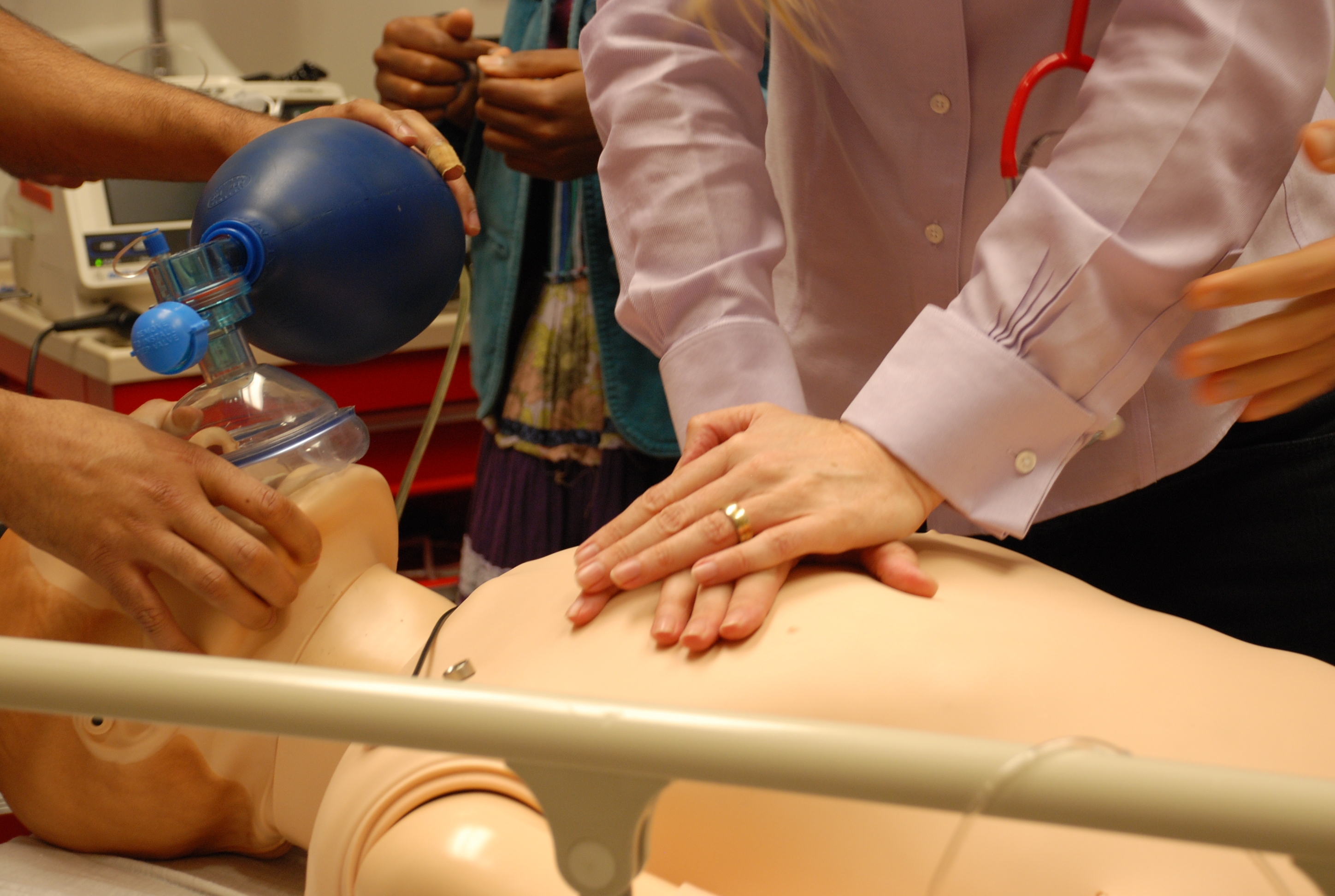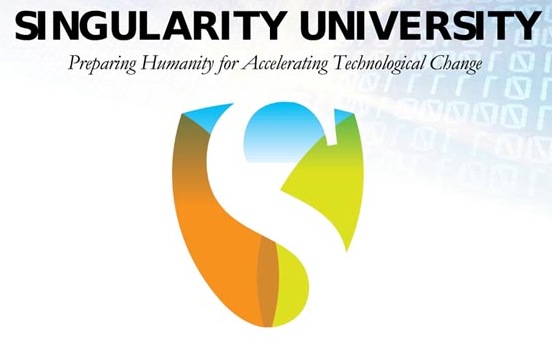. This year's convention in Chicago was no exception, although the event seemed to be less well-attended than others. Like many other associations, the WFS' conference-based business model seems to be in trouble. More on that later.
Regardless of my critique of the event's energetic tone, there was much to appreciate in the people and the content of the conference. I was able to get to only a few of the 75 or so sessions; so, there is no way to provide a full report. (
, dedicated to providing each child in the world with a means to learn and teach, was the opening keynoter. He began with commentary about ways to consider the future:
This overview led him to the heart of his talk, universal education. Here's my summary of his comments:
Singularity U's ambition is to train up a bunch of really, really smart young people who are, essentially, going to take over the world (or, putting it more generously, guide the world) into the inevitable
Technotopia that folks like Cordeiro so fully embrace.
There was something very non-empathetic in Cordiero's attitude toward the technologically unenlightened, whoever they may be. Mitt Romney had a problem with "the 47%"; Cordeiro sounds like he might have a problem with "the 97%". Utopians and Dystopians of all sorts seem to have a challenge with the messiness and unpredictability of living systems and humanity. Something to think about before becoming a full-fledged Singularitan.
On the other hand, the session ended with a statement that I agree with: "We have to be optimistic about the future. We are intelligent enough to survive and thrive. We have got to move beyond our tiny planet."
 |
| Fabienne Goux-Boudiment |
Using the exciting presentation technology, Prezi,
Fabrienne Goux-Boudiment led a fascinating and important discussion of
The Futureplex Mindset or
Futuring in the Year 2100.
Fabienne describes a stark difference between the World 1.0 -- characterized by a focus on matters such as individualism, effectiveness and efficiency-- and the World 2.0, which is concerned with the "more feminine values" of synthesis, horizontal rather than vertical knowledge, cooperation, and lateral thinking. "The signs of the new world are all around us; we just have to get past the World 1.99999999," where we have been hanging out for the last few decades.
While her commentary on artificial intelligence, robotics, and physical enhancement of humans in the future were enlightening, the emergence of a quantum perspective on time was the most important insight I took from a talk that filled with provocative information and ideas. Futuring in 2100 will entail a movement past causality and linearity. The nature of time is subject to change as we arrive at ever-more challenging perceptions of our universe, e.g., that there may be another universe in which we exist but are very different standing right next to the one we are in and separated by only the thinnest of strings of space-time. (String theory provides only only one of a
number of hypotheses regarding parallel universes.)
Futuring in the future will require a "new mental literacy", one that takes a non-linear orientation toward time, one that accepts not-knowing.
Of course, it daunting to me, someone who has never been very good at science, that most people don't understand Newtonian physics, let alone Einsteinian relativity. So, Humanity has a lot of work to do to arrive at the point where we'll comprehend enough quantum theory by 2100 to think past time. (Maybe The Singularitans will help!)
 |
| Janice Bryant |
Janice Bryant's presentation on Trends in Agriculture was an excellent reminder of the fact that, without farmers like her, there ain't no food. Bryant is a Special Projects manager for the Navy in the Puget Sound Ship Yard, where her strategic initiatives won the Commander's Award in 2010. She also seems to be a military officer, but I have been unable to get confirmation on this detail of her bio.
I'm an urban boy through and through, but people like me are completely dependent on sustainable agriculturalists like Bryant. She points out, for example, that:
- It is virtually impossible to buy sheep feed that doesn't have antibiotics and that grass feeding is under attack
- Rabbit is in wide supply and constitutes a completely acceptable form of protein as an alternative to beef
- Luxury foods are making agriculture so cool that remote ranching has become a well-established trend. (Animals in Wyoming are being served up for slaughter by executives living in the Hamptons.)
- Soil is becoming a commodity: "Google likes farm land for servers because it's flat and near water but not near a flood plane. 1,000 acres of highly productive valley land will be used by Google. These valley lands are a good source of food. This trend in agricultural land usage pushes agriculture off soil where it's easy to grow things and puts it into commercial use. Only genetically modified organisms grows in this sort of land. It's unsustainable!" [paraphrase]
- Robots are being employed increasingly in farming as fewer people want to do the work. "The fewer people who are working in agriculture, the increasingly distant people are from their food."
What Future Awaits Europe? Avoiding Ambiguity! I will be brief. This was one of those instances in which one dearly hopes that the macrocosm doesn't imitate the microcosm. The session brought together five high powered Europeans including
Mylena Perremont (a board member of the WFS),
Robert Salmon (fmr. VP, L'Oreal),
Annette Nijs (Executive Director Global Initiative, China Europe Business School and fmr. Dutch Minister of Education),
Carine De Meyere (social entrepreneur) and
Christopher Cordey (CEO of Futurenow.com) to show attendees how the leaders of Europe "are attempting to clarify the future of this potential utopia" of a united continent. Only one problem: the crew showed up late, and then they couldn't get the AV to work!!!! It was sort of like watching the Keystone Cops, except most of the people running around had Ph.Ds and French accents. It was really very, very sad, since about 40 info-seekers showed up, including me who's always been a big backer of the Union. Better luck next time!
 |
| Patrick Tucker |
Patrick Tucker is a the deputy editor of The Futurist, and he demonstrated his presentation chops in spades at a session entitled
Moving Toward the Predictable Future with Big Data that
laid out a stack of highly relevant information to computer-aided prediction and a range of other topics. Here are some highlights from my notes:
- 90% of the data created in all of human history has been created in the last two years. There will be 44 times more digital data in 2020 than there is now.
- What will the world be like when much of what happens in the world can be predicted and anticipated with precision? "Using Big Data, we will be able to predict what we'll be doing 80 weeks from now with an 80+% accuracy." We are developing a different kind of GPS, one that maps out our own trajectory of action.
- "What about an app that will tell you whether you will regret a purchase that you're about to make, based on what your Big Data about you can tell you about you?" [paraphrase]
- "The way we interact communicates how we're going to behave in interactions. Big Data will be able to predict outcomes of an interaction within 30 seconds."
- Big Data can predict changes in the Food Price Index. Rapid food price inflation is a key driver of war.
- Self-driving cars will interact with each other and enable collaborative car sharing because the cars will be able to tell drivers if they are reliable for use or not.
- Apps for creating Big Data about yourself include: PicTracker, Carbon Footprint, and Virtual Wallet
In many ways,
Ramona Pringle's
Life Imitates Art: Cyborg, Cinema and Future Scenarios was the
 |
| Is it Ramona or Ramonabot?!!! |
high point of my experience at this years' WFS Conference. Pringle's compelling set of slides and delivery brought home the truth of her assertion that "We're in the middle of the future being created." She set the bar for originality of thought at the conference.
Near the beginning of her talk, Canadian Broadcasting System journalist Pringle put up several images of herself as a robot, but went on to assure the audience that, "I am not a robot." I needed to remind myself of this statement several times during the talk because she was doing such a great job of weaving art and life together that I wasn't sure which we were dealing with. I cannot tell you if the photo at right is Ramona or a mock up!
Pringle believes that the utopian world of nature, as presented in
Avatar may, in fact, be exactly the sort of world that people will be inserting themselves into digitally in the future regardless of what happens to our real natural world: "We can save what's utopian about the real world."
As an avid fiction reader, I completely understand Pringle's view that "We understand story better than reality." I have a friend who limits himself to one novel a year and chooses to consume a voluminous amount of social science. But Pringle points out that there are doors in fiction that non-fiction misses: "Dystopia creates a blue print for what to avoid. Science fiction is less about tomorrow than it is about today."
Like a number of other futurists, Ramona is quite concerned about the intimate relationships we are going to be establishing with robots. "The human intimacy we crave has become too difficult....We will be turning to robots to deal with difficult issues, e.g., the management of the aged." Will robots become our slaves? How will we treat them? Will they develop rights as their capacity for information processing approaches or surpasses ours?
Pringle is not afraid of technology. "It's neutral. The Internet is a reflection of humanity. Don't break the mirror! Change what the mirror sees!"
[paraphrase] Social media can galvanize humanity for good, as in the case where a paraplegic was isolated by
Hurricane Sandy. People across the United States coordinated their response to this situation and made sure that the story had a happier, if not a completely happy, ending.
If Pringle's talk was the highlight of the conference,
Sheryl Connelly's closing keynote was a dud. Connelly is Ford's corporate futurist (aka manager of Global Consumer Trends and Futuring). Given that Ford was the only major American car company to avoid the need for a government bail out in 2009, I was excited to hear from someone in such a key strategic position in the organization. It seemed like foresight was an important ingredient in the company's ability to stay afloat while others faced bankruptcy.
Unfortunately, what she presented was a pretty pedestrian layout of established trends such as:
 |
| Sheryl Connelly |
exploding population, an aging demographic in the West, Japan and China, how the great differences between India and China will play out in automobile consumption and usage, the impact of urbanization and the cynicism toward brands.
It was her elaboration of this point that led me to leave the speech. She extolled vision and value-driven companies, such as Patagonia, which has been giving
1% of all sales to environmental organizations since 1985. These are the brands that consumers are continuing to believe in.
And then she went on to talk about how great Chick-fil-A is. Chick-fil-A is significantly influence by the Southern Baptist beliefs of its founder, S. Truett Cathy. The company's official statement of corporate purpose says that the business exists "To glorify God by being a faithful steward of all that is entrusted to us. To have a positive influence on all who come in contact with Chick-fil-A." So far, so good. No doubt, an explicitly spiritual orientation can contribute to a distinctive and positive organizational culture. It's not the only framework that does so, but it is certainly one.
However, Chick-fil-A got in some very hot water with a lot of people last year, including me, when it became clear that it has donated millions of dollars to organizations opposed to gay marriage and to homosexuality more generally. For example, Chick-fil-A Chief operating officer Dan T. Cathy made several public statements supporting the traditional family, saying about same-sex marriage that those who "have the audacity to define what marriage is about" were "inviting God's judgment on our nation." This may constitute values-based behavior in Sheryl Connelly's book, but not mine. So, between praising Chick-fil-A and not having much to say on other topics, I decided that I could bring my attendance at the conference to an end.
The Connelly closing highlighted a general unease I had about this conference. It didn't really fit together thematically. There was no connection between Connelly's closing and Negroponte's opening, for example. The Conference exclaimed that it would be "Exploring the Next Horizon!", but I didn't get much of a sense as to what the World Future Society thinks that horizon is going to look like. I did learn about a variety of vectors headed in differing directions, and much of that was fascinating, as it has been every one of the last 15 years. But, the lack of coherence made the conference feel somewhat adrift for me.
 |
| Michael Marien |
My friend, colleague and mentor, Michael Marien, publisher of Global Foresight Books and, previously, the World Future Society's Future Survey, demonstrates what such an integrated consideration of the global future might look like in his recent article, Twelve Mega-Uncertainties of the Decade Ahead" in the current edition of World Future Review. In the terms of our book, Life Sustaining Organizations -- A Design Guide, Marien lays out twelve "critical uncertainties" upon which the future will revolve. In Marien's formulation, these include:
- How much global warming, by when?
- Will methane eclipse carbon dioxide?
- How high will sea levels rise?
- Will we run out of essential resources?
- How many people in 2050?
- What quality of people in 2050?
- Will decent employment be available to all?
- Will inequality and plutocracy continue to increase?
- Will the energy transition be a clear and rapid one?
- Will nuclear weapons or bioweapons be our undoing?
- Can effective global governance and law emerge?
- Does the exploding world of information abundance help or hinder us?
By not organizing its inquiry around these sorts of broad themes, I'm concerned that the Society's business model, which has brought so much great information and community to a large number of period for a lone period of time, may be running out of gas.


























